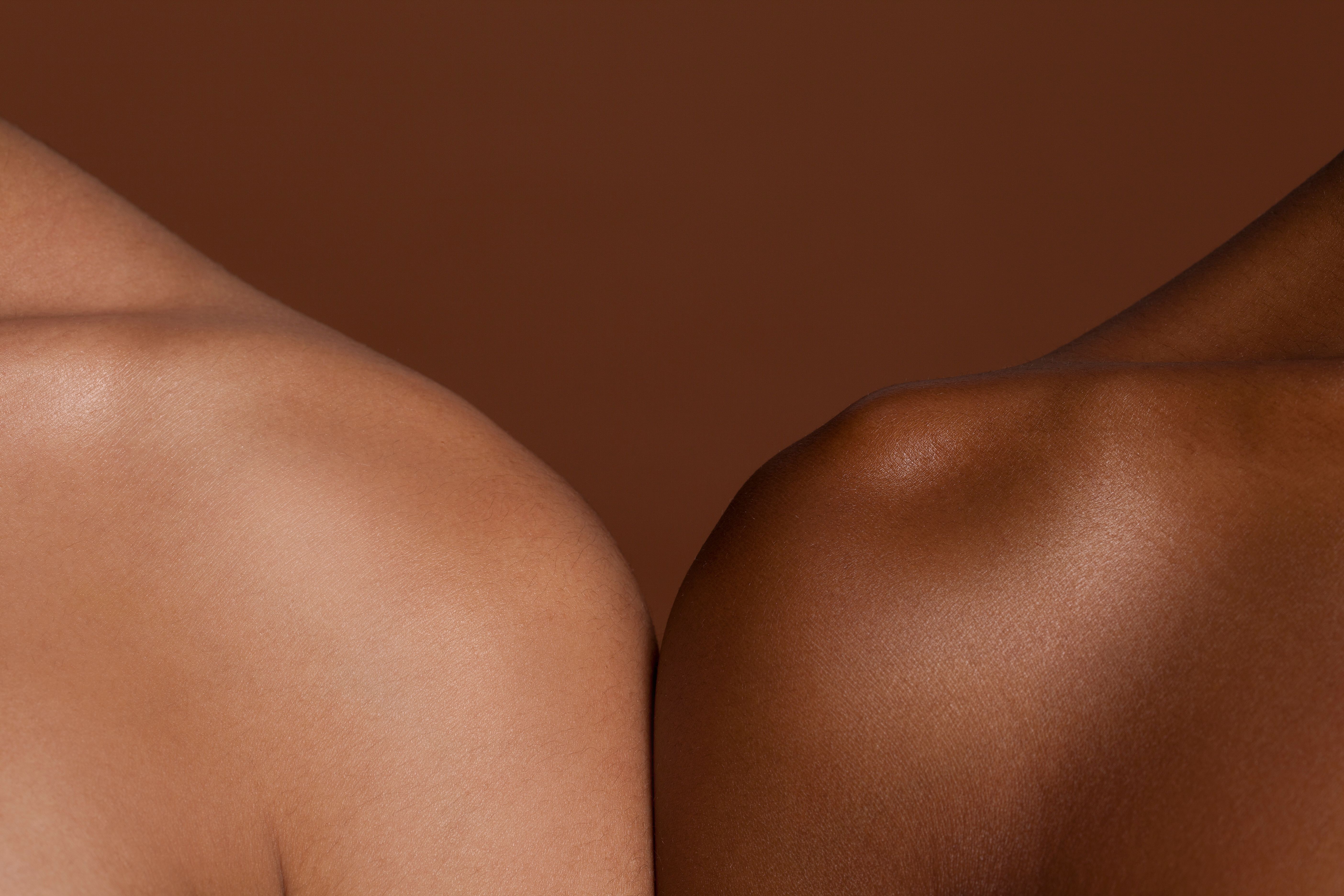- Case-Based Roundtable
- General Dermatology
- Eczema
- Chronic Hand Eczema
- Alopecia
- Aesthetics
- Vitiligo
- COVID-19
- Actinic Keratosis
- Precision Medicine and Biologics
- Rare Disease
- Wound Care
- Rosacea
- Psoriasis
- Psoriatic Arthritis
- Atopic Dermatitis
- Melasma
- NP and PA
- Skin Cancer
- Hidradenitis Suppurativa
- Drug Watch
- Pigmentary Disorders
- Acne
- Pediatric Dermatology
- Practice Management
- Prurigo Nodularis
- Buy-and-Bill
Article
Are your winter-rosy cheeks a little too rosy? You may have rosacea
If you appear flushed constantly or find acne-like bumps over your cheeks, check with your doctor, because these could be signs of the inflammatory skin disease rosacea

Key Points
We always associate apple-red, rosy cheeks with good health.
Red cheeks on a toddler look absolutely irresistible. But, if your cheeks look a little too rosy lately, or you're seeing pimples and acne-like bumps scattered around the redness, it may be time to ask your dermatologist if you have rosacea.
An inflammatory skin disease shared by the likes of Princess Di, Bill Clinton and W.C.Fields, rosacea can start innocently with a flush on your cheeks that seems to last just a little too long. You may notice it after working out, eating spicy foods or even sipping a glass of red wine.
GET TREATED Why should you find out if you have rosacea?
Simply put, it doesn't go away, and it can get much worse when left untreated. Unchecked, rosacea can make skin thicker and unsightly looking.
The common perception was that W.C. Fields' nose was big and bulbous because he drank too much. But the truth is, his nose was the result of rosacea. That nose showed a condition called rhynophyma.
Rosacea can also affect the eye and eyelids resulting in a gritty, itchy feeling with crusting and redness. If these aren't good enough reasons to get professional help, The National Rosacea Society has conducted myriad surveys among sufferers and the results show rosacea to be an emotionally overwhelming skin disease.
When you see your doctor, depending upon the stage of your rosacea, he or she may give you topical creams such as Finacea or MetroGel to help calm down your skin. Until recently, many patients were put on one month doses of the antibiotic, doxycycline, but many reported unpleasant side effects such as gastric discomfort, vaginal yeast infections and photosensitivity. Recently though, the Food and Drug Administration (FDA) approved the first systemic (oral) medication for rosacea. It's called Oracea and the good news is that, although it is doxycycline, an antibiotic, it has been reduced to a low enough dose that it no longer functions as an antibiotic. It works to reduce inflammation and, when that happens, red bumps and pimples diminish and skin looks clearer and healthier. Because it does not reach a level for antibiotic effect, it does not cause GI distress, yeast infections or photosensitivity. This means you can go about your life feeling fine and knowing that your rosacea is being effectively treated. Its once-a-day dose makes it easy to remember to take.
MAKEUP MAYHEM Certain types of makeup can also help make your skin look less red. Some brands you may want to try are Cover FX, Jan Marini and Dermacia Lycogel Camouflage makeup.
Moisturizers with a green tint are sometimes effective at neutralizing the redness on your forehead and chin as well.
One of the most important things you can do for rosacea, however, is to remember to wear sunscreen at all times. This skin disease is very sensitive to the sun and can often make outdoor activities a hardship for some sufferers.
So, this winter, if your skin looks a little too rosy after you've lobbed more snowballs than you can remember and toasted marshmallows and chestnuts by the fire, have a talk with your dermatologist. If rosacea is caught early, there's a good chance you'll just look like you're blushing a bit too long sometimes . . . and who knows, under some circumstances that could be very appealing!





